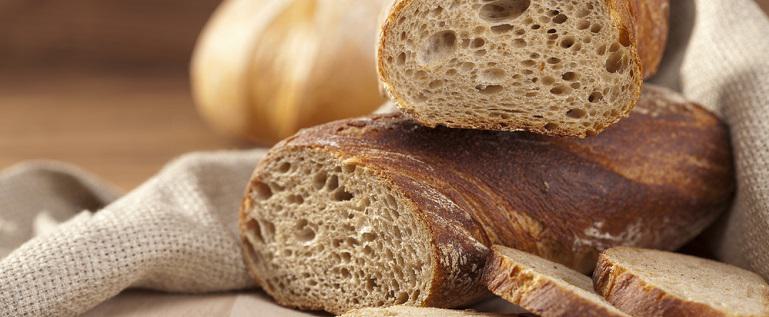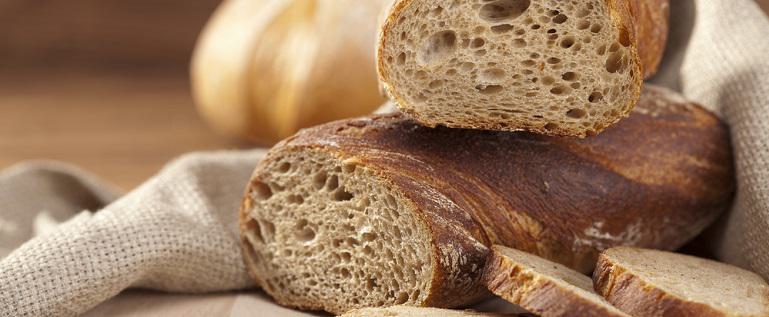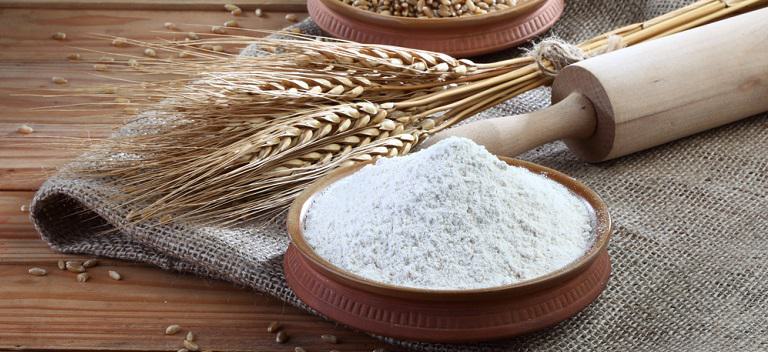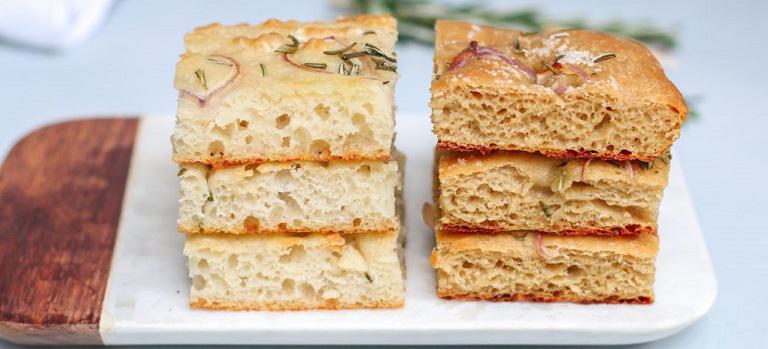


 When it comes to bread, we all have our personal preferences. Some individuals enjoy sweet bread, while others crave the tart flavors of sourdough. Before choosing a bread recipe, it's essential to identify what kind of bread you want to make. Choosing the right flour for you will help you better achieve the bread dough consistency you desire. To help you get started, here are a few simple-to-use bread flours that we enjoy.
When it comes to bread, we all have our personal preferences. Some individuals enjoy sweet bread, while others crave the tart flavors of sourdough. Before choosing a bread recipe, it's essential to identify what kind of bread you want to make. Choosing the right flour for you will help you better achieve the bread dough consistency you desire. To help you get started, here are a few simple-to-use bread flours that we enjoy.
 If you're a novice baker who is just dipping their toe in the water of bread baking, we suggest starting with a simple recipe that's proven to yield delicious results. The good news is, bread recipes are generally simple. In fact, many different kinds of methods call for just four ingredients; flour, water, salt and yeast.
For the perfect, light and airy textured bread, start with this simple recipe.
If you're a novice baker who is just dipping their toe in the water of bread baking, we suggest starting with a simple recipe that's proven to yield delicious results. The good news is, bread recipes are generally simple. In fact, many different kinds of methods call for just four ingredients; flour, water, salt and yeast.
For the perfect, light and airy textured bread, start with this simple recipe.
 When it comes to achieving the right bread texture, it's essential to weigh your ingredients rather than measure them. Professional Bakers rely on Baker's Percentages, which make their bread consistent from day-to-day. When possible, use a scale to weigh your ingredients, this will help make sure that you achieve the right bread dough consistency time and time again. And remember, when it comes to flour, it's good to be conservative. Adding too much flour is one of the leading causes of dry, tough loaves of bread.
When it comes to achieving the right bread texture, it's essential to weigh your ingredients rather than measure them. Professional Bakers rely on Baker's Percentages, which make their bread consistent from day-to-day. When possible, use a scale to weigh your ingredients, this will help make sure that you achieve the right bread dough consistency time and time again. And remember, when it comes to flour, it's good to be conservative. Adding too much flour is one of the leading causes of dry, tough loaves of bread.
 For a light and airy bread texture with many holes, you mustn't over-knead your dough. Kneading dough after the first rise will result in a more close breadcrumb. While small breadcrumbs are great for sandwiches, they're not ideal when making Artisan bread like this Easy Focaccia Bread. To achieve a more open crumb, it's important to shape but not knead the bread after the first rise. You must also handle your bread dough with care. When striving for a more open crumb if the recipe says punch down, instead, try deflating it gently and kneading it just a few times to redistribute the gasses.
For a light and airy bread texture with many holes, you mustn't over-knead your dough. Kneading dough after the first rise will result in a more close breadcrumb. While small breadcrumbs are great for sandwiches, they're not ideal when making Artisan bread like this Easy Focaccia Bread. To achieve a more open crumb, it's important to shape but not knead the bread after the first rise. You must also handle your bread dough with care. When striving for a more open crumb if the recipe says punch down, instead, try deflating it gently and kneading it just a few times to redistribute the gasses.